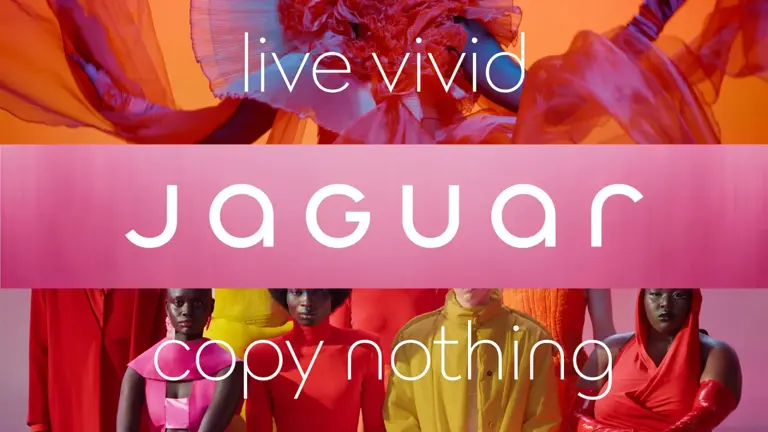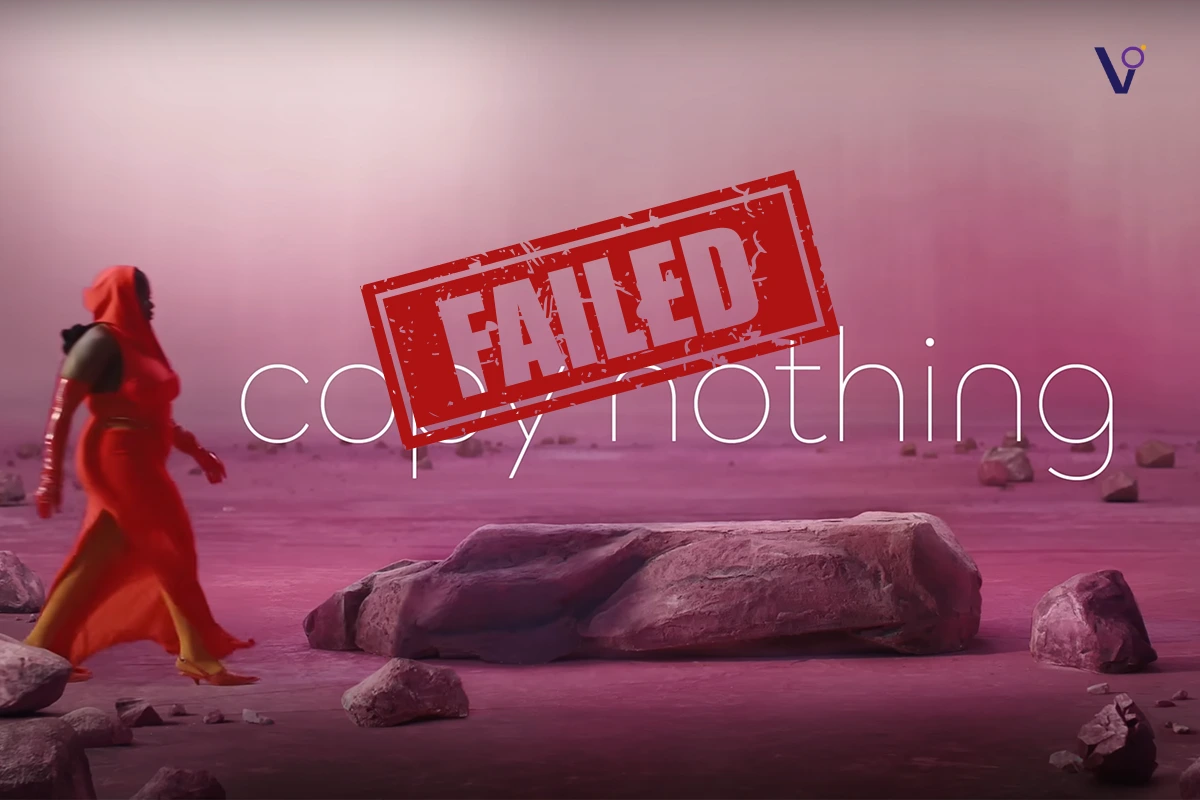Did you know? Jaguar Land Rover has fired their advertising agency because sales have plummeted. And yeah, kind of what we expected would happen, to be honest. It’s all over the news. Jaguar Land Rover used a modern marketing playbook, went woke, and what did it get? They went broke. It’s actually kind of disastrous. This isn’t a surprise to many, we are sure.
So what exactly went down? They decided to launch this rebrand on the 18th of November. They ditched their iconic Growler logo, you know — the one that actually made a Jaguar look like a Jaguar. And what did they replace it with? A minimalist “J.” Not just that, they ran a carless ad. No cars. Not a single one. Instead, it was a bunch of brightly coloured, gender-neutral, androgynous models strutting around under some slogan like “Live Vivid.” What was it meant to be? LGBTQ propaganda for a luxury car brand. The people buying these cars aren’t into that. The whole thing felt bizarre.

And honestly, the weirdest part? They took the Jaguar out of Jaguar. When their audience thought of Jaguar, they didn’t think of the E-type. They thought of that fierce, powerful logo on the front of the car. You think of Inspector Morse. A classy British brand with style. It’s owned by the Indians now, but that’s not the problem. The problem is what the modern ad industry did to it.
Modern Marketing Alienates Loyal Customers
So this is what happens in the modern marketing world. They forget what they’re actually meant to be selling. The new Jaguar advert was a bunch of abstract, almost alien-looking models walking through a doorway. No cars. Nothing that even suggested this was a car brand. No idea what they were trying to say or who it was for. It felt so disconnected from everything Jaguar used to be.
Who even was the target market for this? We promise you, their target audience: the older, wealthy, middle-aged people who actually buy these cars weren’t sitting there thinking, “You know what, I want to see a weird neon-coloured androgynous model dancing in a room instead of the car I’m thinking about buying.” It was just… weird. So disconnected. And obviously, the backlash came hard.
It felt like they were trying to chase Gen Z trends, trying to be bold and edgy, without stopping to ask whether Gen Z is even remotely interested in luxury sedans. Spoiler: they’re not. The result? A Bud Light moment for Jaguar, plain and simple.
How Bad Was It? The Numbers Don’t Lie
Here’s where it gets ugly. Jaguar’s overseas sales decreased from 61,661 in 2022 to mere 33,320 in 2024. That’s almost halved. And yeah, fine — some people might say, “Well, they weren’t making many cars recently.” True. Production did slow, and they’d planned to focus on future models. But combine that with a bad modern marketing strategy and this happens. Even the used car sales dropped by 9% after this ridiculous rebrand. Because honestly, who wants to be associated with a car brand that’s clearly embarrassed about being a car brand?
Quick Recap of What Went Wrong:
- Targeted Gen Z who don’t buy these cars
- Replaced the iconic logo with a pointless “J”
- Ran an ad with no cars
- Ignored their loyal customer base
- Sales plummeted
That’s pretty much it in a nutshell.
Meanwhile, Range Rover and Defender, both under the JLR umbrella, actually saw sales go up by 12%. Why? Because when you watch a Defender advert, it shows you the damn car. It says, “Look where this can go, look what it can do.” That’s it. People don’t want lectures or art house films. They want to see the product. Shocking how hard that is for some brands to grasp lately.
The Culture Problem Still Lingers
Even after admitting defeat and firing the agency, Jaguar Land Rover still hasn’t really fixed the bigger issue. Their top execs, the people who greenlit this nonsense in the first place, are still sitting pretty in their corner offices. Rodon Glover — yes, that’s his actual name — defended the campaign. He even whined about the “vile hatred” aimed at the models in the ad. Now look, nobody wants personal abuse directed at people in adverts. That’s not the issue. The issue is the advert itself. It alienated customers. It was an objectively tone-deaf and misguided marketing move. But rather than owning up to that, they tried to spin it as brave and progressive. And then they terminated the agency anyway.
But unless you clear out the decision-makers who thought this was a good idea, you’re just going to repeat the same mistakes with different agencies. Culture inside a company matters. And at JLR, it’s clearly broken.
Can Jaguar Actually Recover From This Mess?
So what’s next? Well, they’ve got three electric vehicles scheduled for 2026. The idea is to pivot toward innovation while hoping to claw back the old loyal customers. But will it work? Hard to say. People aren’t exactly lining up to buy overpriced electric sedans from a brand they no longer trust. And while they’re blaming external factors like tariffs for some of the issues, those have already been handled by a US-UK trade deal.
The truth is, Jaguar did this to themselves. A disastrous modern marketing campaign, clueless leadership, and an obsession with chasing social media clout instead of selling good cars to people who actually buy them.
Will they rediscover what made Jaguar great? Can they get back the loyalty of the old-school drivers while attracting new buyers? Or are they just going to double down on pointless rebrands and “Live Vivid” nonsense?
One thing’s for sure — brands that forget who they are, lose. And those that stay true to their roots, listen to their market, and show up with the product people actually want, win. Simple as that. Good marketing isn’t about chasing trends. It’s about knowing your people and speaking their language. Get that right, and you won’t need to ‘go viral.’ You’ll just sell.
Yes, Jaguar went ahead and fired their ad agency, After that whole rebrand fiasco completely fell apart. Sales tanked, people hated it, and the internet tore them apart.
Modern advertising’s all about chasing trends, woke slogans, bright colors, and forgetting the product. It’s brands trying too hard to impress social media while alienating their actual loyal customers.
It’s ditching brand identity, pushing vague slogans, flashy visuals, and hoping Gen Z notices. The product gets sidelined, and loyal customers are left wondering what happened to their brand.



